Researchers have developed a method for breaking up CNT bundles to deliver individual nanotubes using surface acoustic waves in a piezoelectric substrate.
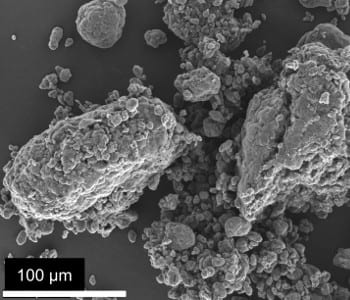


Researchers have developed a method for breaking up CNT bundles to deliver individual nanotubes using surface acoustic waves in a piezoelectric substrate.
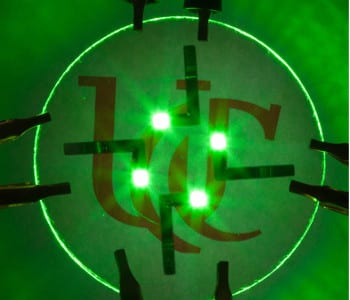
New research from an American group shows the incorporation of DNA and RNA bases in organic light emitting diodes.
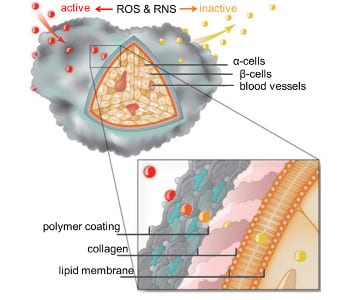
Researchers develop a nanothin anti-inflammatory polymer material capable of decreasing immune responses involved in insulin-cell transplantation rejection.
Dr Loh Xian Jun discusses his review article on potential clinical applications for biodegrable thermogelling polymers.
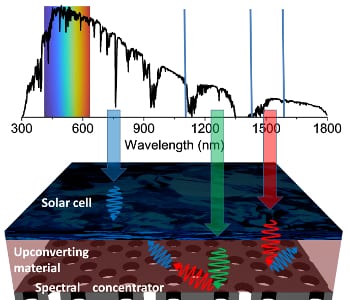
A research consortium from the UK, Spain, France and Germany is using photonic crystals to improve silicon photovoltaic performance.
Experiments examine the scale at which strong quantum effects emerge in silicon nanocrystals.
Researcers construct a multifunctional theranostic nanoplatform that gathers five diagnostic and therapeutic functions into one single nanocomposite.
KAIST researchers discuss the recent progress of flexible piezoelectric thin-film harvesters and nanosensors for use in biomedical fields.
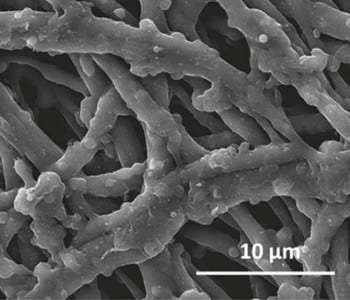
Professor Manthiram’s group at the University of Texas at Austin develops a naturally derived carbonaceous material for use in dye-sensitized solar cells.
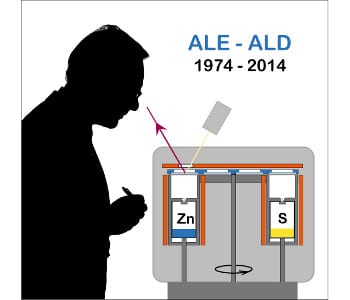
40 years ago, Tuomo Suntola and his group demonstrated the growth of ZnS thin films in alternating, saturating gas-solid reactions, paving the way for ALD.